A quiet revolution is taking place. Young people, particularly Gen Z, are increasingly turning away from traditional dating apps and finding love in unexpected places—video games, fitness communities, and hobby-based platforms. This shift signals a growing desire for more authentic, low-pressure ways to connect, rooted in shared interests rather than the superficiality of curated profiles and endless swiping.
Take Jess and Nate, for example. The couple, now engaged, first met at an esports event in Germany in 2023. What began as a shared love for the video game World of Warcraft blossomed into a long-distance relationship, with the pair spending hours playing together online. Their virtual bond grew so strong that Nate eventually proposed—in the game, on a golden, sandy beach. Though they now live together in Manchester, they still log in daily to play, a testament to the power of shared passions in forging deep connections.
“It’s a different way of meeting someone,” Jess, 26, reflects. “You both have such a strong mutual love for something already, it’s easier to fall in love.” Nate, 27, echoes her sentiment, noting that the connections he’s built through gaming feel more genuine than those he’s experienced on dating apps.
Jess and Nate are far from alone. Across the globe, young people are ditching dating apps in favor of platforms that weren’t designed for romance but offer something dating apps often lack: a sense of community and shared purpose. Whether it’s bonding over a favorite video game, discussing films on Letterboxd, or connecting through fitness apps like Strava, these spaces are becoming the new frontier for modern love.
The Fall of Dating Apps
The decline of dating apps among younger users is well-documented. According to a November 2024 report by Ofcom, the UK’s top 10 dating apps saw a nearly 16% drop in users. Tinder, the industry giant, lost 594,000 users, while Hinge and Bumble saw declines of 131,000 and 368,000, respectively. Even Grindr, a staple in the LGBTQ+ community, experienced a dip in users.
A 2023 Axios study of U.S. college students and Gen Zers found that 79% had stopped using dating apps regularly. Match Group Inc., the parent company of Tinder and Hinge, acknowledged this trend in a January 2024 letter to shareholders, noting that younger users are seeking “a lower pressure, more authentic way to find connections.”
The reasons for this shift are multifaceted. For many, the swipe-based model popularized by Tinder in 2013 has lost its appeal. Inspired by psychologist B.F. Skinner’s experiments on conditioned behavior, the swipe mechanism was designed to gamify dating, offering quick, dopamine-driven interactions. But over time, this approach has left many users feeling disillusioned.
“Ten years ago, people were enthusiastic and would talk quite openly about what apps they were on,” says Nichi Hodgson, author of The Curious History of Dating. “Now the Tinder model is dead with many young people—they don’t want to swipe anymore.”
The pandemic also played a role in reshaping how people approach online dating. During lockdowns, dating apps became more like social media platforms, with users seeking connection rather than immediate meetups. This shift, though temporary, gave people a taste of what dating could be like without the pressure of swiping and ghosting.
The Rise of Hobby-Based Connections
As dating apps lose their luster, platforms centered around shared interests are thriving. Strava, the fitness app, now boasts 135 million users, with monthly active users growing by 20% in 2024. The app has even introduced a messaging feature, allowing users to connect directly—a feature some are using to flirt. According to Strava, one in five of its active Gen Z members has been on a date with someone they met through the platform.
Similarly, Letterboxd, a platform for film enthusiasts, has seen its community grow by 50% in the past year. The app, which counts musicians like Chappell Roan and Charli XCX among its users, has become a hotspot for younger people to bond over shared cinematic tastes. One couple even found love through their mutual appreciation of David Fincher’s Mank.
“It could be that seeing other people’s film tastes reveals an interesting aspect of themselves,” says Letterboxd co-founder Matthew Buchanan.
Video games, too, are emerging as a surprising yet powerful space for romance. For many, the collaborative nature of gaming fosters deeper connections than the transactional interactions of dating apps. “People have always bonded over shared interests, but it’s been given a digital spin with these online communities,” says Luke Brunning, co-director of the Centre for Love, Sex, and Relationships at the University of Leeds.
A New Era of Digital Romance
The shift away from dating apps doesn’t mean the end of digital romance. Instead, it reflects a broader desire for more meaningful, authentic connections. Platforms like Strava, Letterboxd, and World of Warcraft offer a lower-stakes environment where relationships can develop organically, free from the pressure of immediate romantic expectations.
“Those apps aren’t offering a commercialized form of romance, so they can seem more authentic,” says Brian Heaphy, a professor at the University of Manchester who has studied dating app use.
Even traditional dating apps are adapting to this trend. Niche platforms focusing on shared interests—such as veganism, dog ownership, or even facial hair—are gaining traction. Apps like Breeze and Jigsaw are experimenting with new ways to foster connections, such as prohibiting pre-date messaging or hiding users’ faces until a certain level of interaction is reached.
As artificial intelligence becomes increasingly integrated into dating apps, the future of digital romance remains uncertain. “We’re right on the cusp of something new,” says Brunning. “It’s interesting to see if we’ll end up with specific apps just for dating, or will we end up with something a bit more fluid?”
For now, the rise of hobby-based platforms suggests a broader cultural shift in how we approach relationships. In an increasingly digital world, the key to finding love may lie not in swiping through endless profiles, but in sharing the things we love with others.
As Jess and Nate prepare for their real-life wedding, they haven’t ruled out a virtual ceremony in World of Warcraft. “It could be funny to get all our friends together at some point in the game’s cathedral,” Jess says. “We could have a marriage ceremony there, too.”
In the end, whether it’s on a sandy beach in a video game or a running trail tracked on Strava, the future of romance is being redefined—one shared interest at a time.


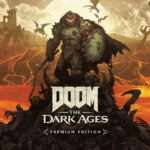


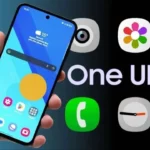

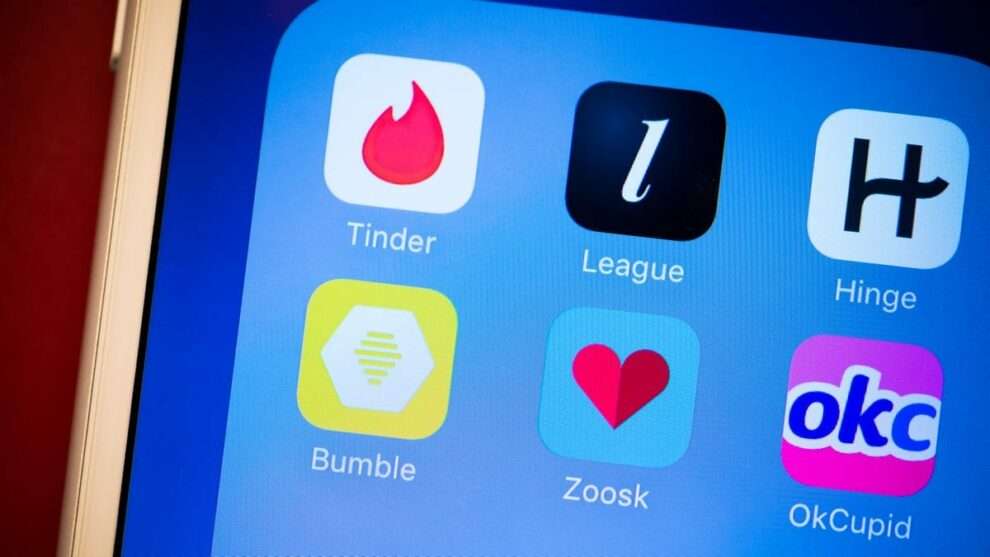
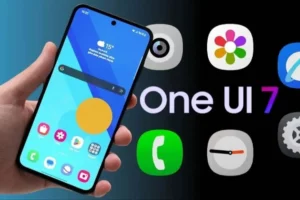

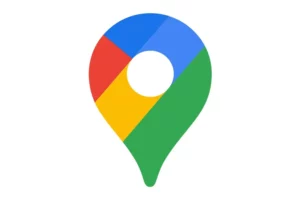





Add Comment